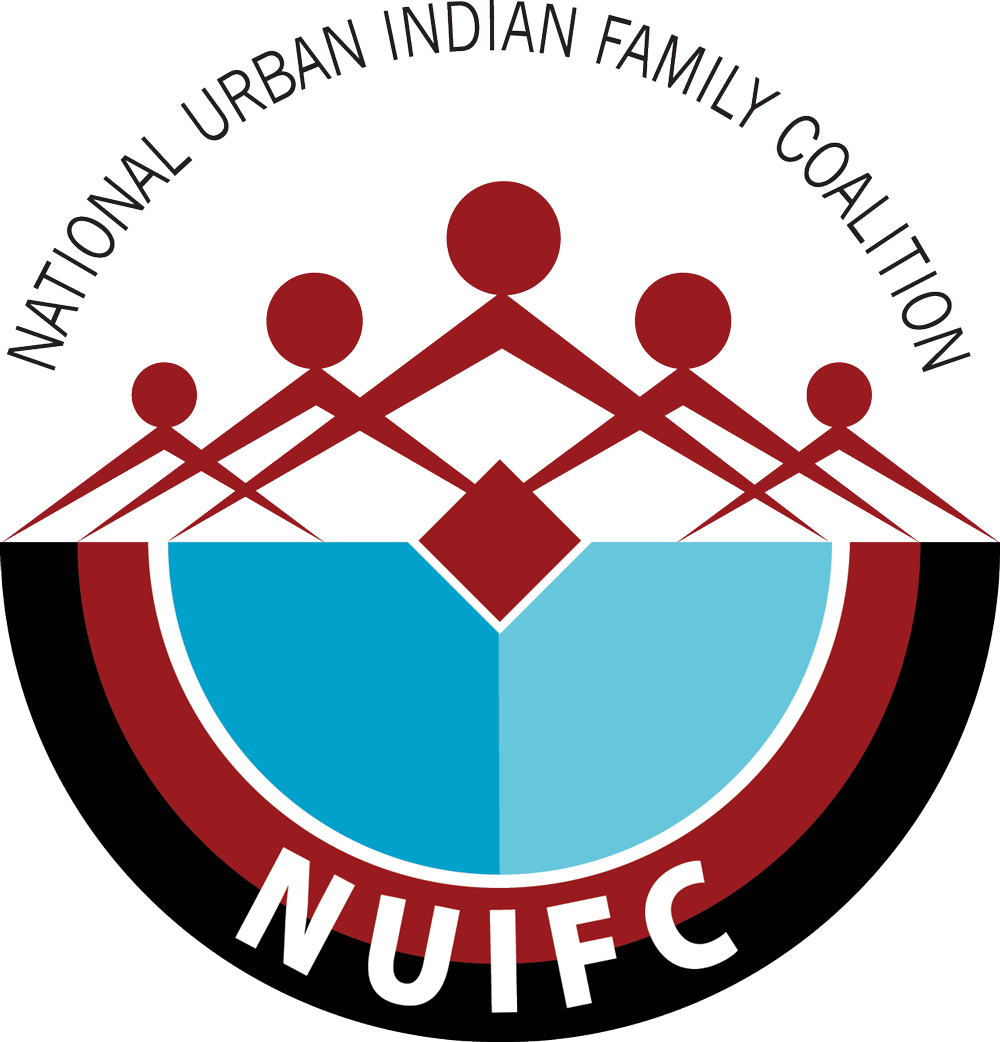Helping Define the Lines That Map Our Community
In 2020, the NUIFC and our coalition of urban Indian non-profits worked tirelessly to ensure that our communities were counted in the decennial Census. As one of the most undercounted and underserved demographics in the country, we understood that any true civic engagement work would need to be grounded in ensuring that the urban American Indian/Alaska Native (AI/AN) population was properly represented.
It's because of this work, we saw record-breaking results that will impact the funding and perception of the AI/AN population for the next decade.
The American Indian & Alaska Native alone and in combination population rose to 9.7 million, an 87% increase since 2010
In the states the NUIFC organized in, the AI/AN alone and in combination population increased by an average of 78% since 2010
In the counties in which the NUIFC organized in, the AI/AN alone and in combination population increased by an average of 84% since 2010.
Every county the NUIFC organized within saw their AI/AN alone and in combination population increase, with 6 counties growing by more than 100% since 2010.
“Your vote and your political power—your voice in our democracy—are on the line.”
NUIFC DATA BREAKDOWNS
To highlight and show the difference our coalition made, the NUIFC created State Snapshots that break down the AI/AN population growth and Year-End Recaps which outline how Redisitrcting impacted our communities.
The NUIFC understands the importance and power of accurate information, which was the guiding ethos of our Census and Redistricting work. Each organization worked tirelessly to ensure an accurate Census count in 2020, an accomplishment made more impressive when you consider the difficulty of community organizing during the COVID-19 pandemic. To build off this Census success, our organizations used these results as a springboard for our 2021 Redistricting initiative, where they worked to make sure that the thousands of new legislative and political maps included the urban Indian perspective. We saw organizations attend community listening sessions, build maps and datasets that outline the urban Indian population in their cities, work with other communities of color to advocate for fair representation, and fully participate in every step of the Redistricting process.
To see the results of this work, please explore each State Snapshot and Year-End Recap we created through the menu below.
STATE SNAPSHOTS + YEAR-END RECAP
+ Alaska
+ Arizona
+ Colorado
+ Illinois
+ Indiana
+ Michigan
+ Minnesota
+ Missouri
+ Nevada
+ New Mexico
+ North Carolina
+ North Dakota
+ Oklahoma
+ Oregon
+ South Dakota
+ Texas
+ Washington
+ Utah
- Utah State Snapshot (Downloadable PDF)
- Washington Year-End Recap (Downloadable PDF)

